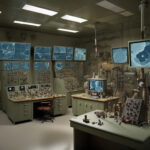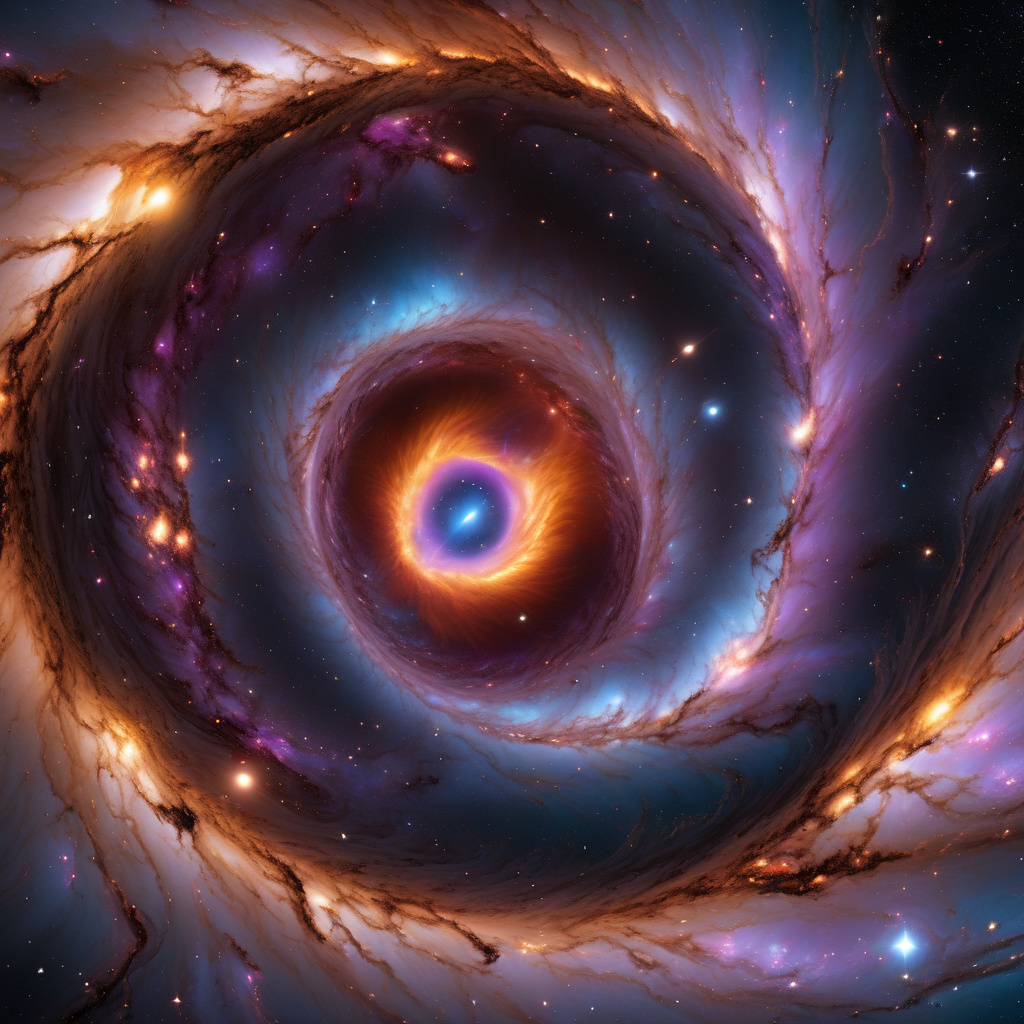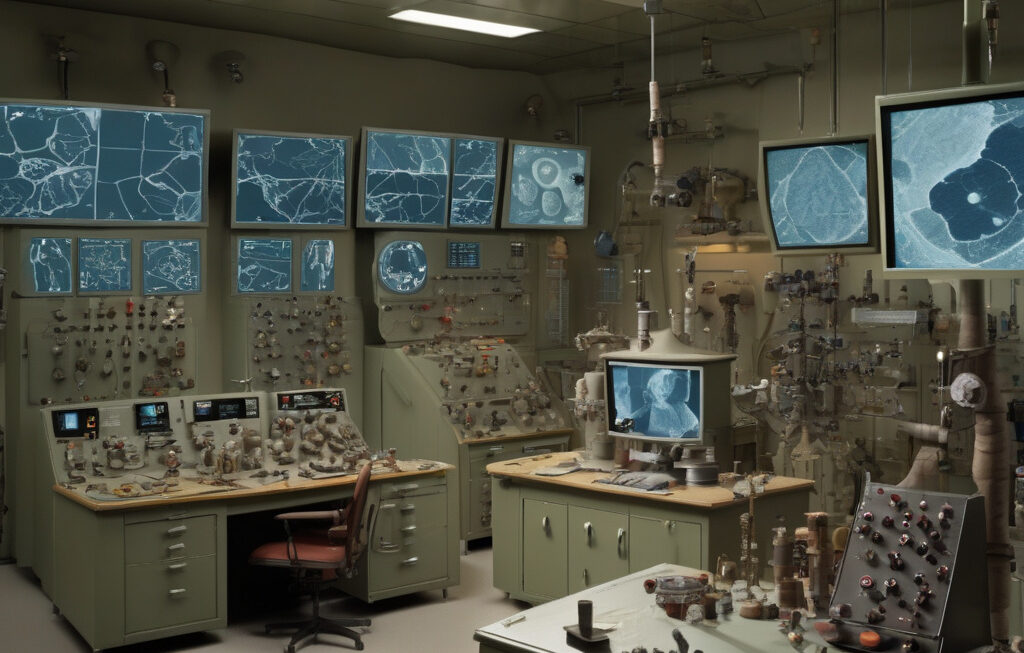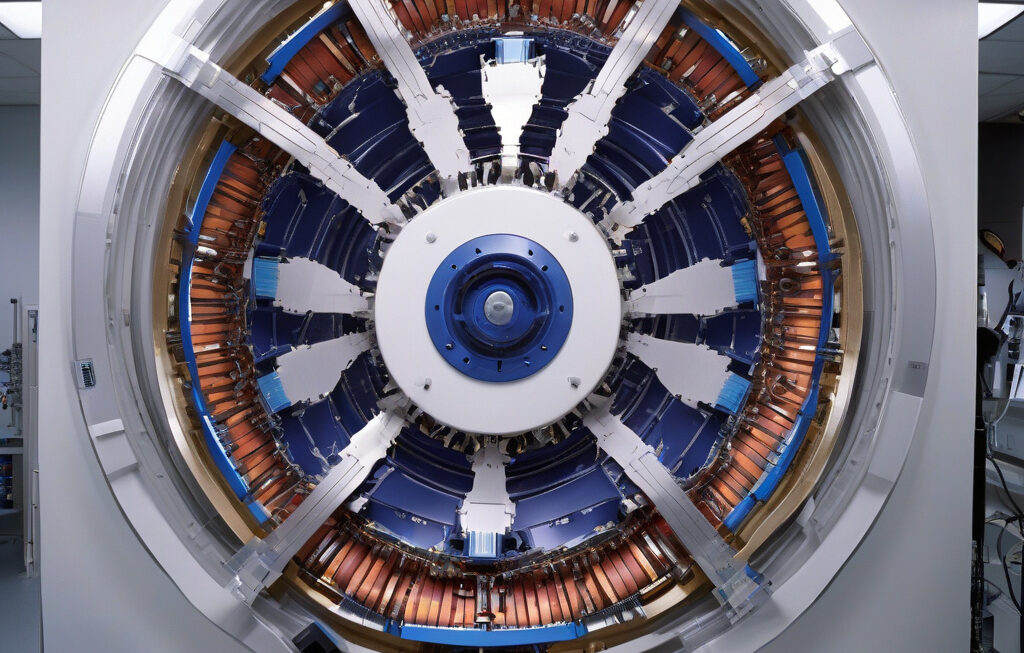World’s Fastest Supercomputer Simulates Black Hole Jets Shaping Galaxy Clusters
It takes the fastest machine on Earth to simulate the largest structures in the universe. The complexities of black hole jets shaping galaxy clusters are no match for the supercomputing power at the disposal of researchers today. With the recent advancements in technology, scientists have been able to delve deeper into the mysteries of our cosmos, uncovering the intricate dance between these powerful cosmic phenomena.
Black hole jets are some of the most energetic events in the universe, capable of shaping the formation and evolution of galaxy clusters. These jets, composed of charged particles accelerated to nearly the speed of light, can influence the surrounding gas and dust, triggering the birth of new stars while also regulating the growth of galaxies. Understanding the mechanisms behind these phenomena is crucial in unraveling the secrets of the universe.
To simulate the behavior of black hole jets and their impact on galaxy clusters, researchers rely on supercomputers capable of processing massive amounts of data with unparalleled speed and precision. The world’s fastest supercomputer plays a pivotal role in these simulations, crunching numbers and running complex algorithms to recreate the conditions found in distant corners of space.
One such example is the Summit supercomputer located at the Oak Ridge National Laboratory in Tennessee, USA. With a peak performance of over 200,000 trillion calculations per second, Summit stands as a testament to human ingenuity and technological prowess. Its ability to simulate the interactions between black hole jets and galaxy clusters provides researchers with valuable insights into the cosmic processes that govern our universe.
Through these simulations, scientists can observe how black hole jets influence the distribution of matter within galaxy clusters, shaping their overall structure and dynamics. By studying these phenomena in a virtual environment, researchers can test different scenarios and hypotheses, gaining a deeper understanding of the forces at play in the cosmos.
Moreover, supercomputing simulations allow scientists to make predictions about the behavior of black hole jets and their long-term effects on galaxy clusters. By extrapolating from the data generated by these simulations, researchers can form new hypotheses and design observational experiments to validate their findings, pushing the boundaries of our knowledge further.
The marriage of supercomputing power and astrophysical simulations has opened up new frontiers in our exploration of the universe. By harnessing the capabilities of these technological marvels, researchers can unlock the mysteries of black hole jets and their role in shaping the cosmic landscape. As our understanding of these phenomena deepens, so too does our appreciation for the beauty and complexity of the universe we inhabit.
In conclusion, the world’s fastest supercomputer plays a crucial role in simulating black hole jets and their influence on galaxy clusters. Through these simulations, researchers can unravel the intricate mechanisms that govern the evolution of the cosmos, shedding light on the forces that shape the universe as we know it.
supercomputer, black hole jets, galaxy clusters, simulations, cosmic phenomena












